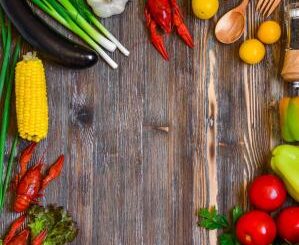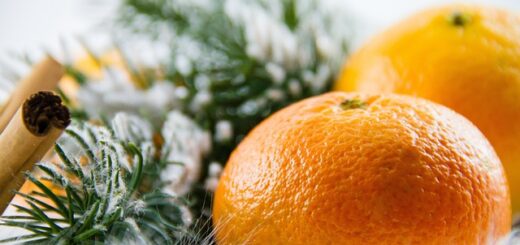What Is Pitaya? What Are The Benefits And Harms?

Where And When Is Pitaya (Dragon Fruit) Grown? Dragon Fruit Nutrition Facts And When Is Pitaya (Dragon Fruit) Grown? Dragon Fruit Nutrition Facts
Dragon fruit or pitaya is one of the tropical fruits under the Cactaceae (cactus) family. It is widely grown in Mexico and Colombia. In our country, it has started to be grown in the Mediterranean region. The best climatic condition for dragon fruit cultivation; dry, tropical or subtropical. Annual precipitation should be between 20-50 m 2 /kg .
Herbal Characteristics:
There are two types of pitaya, commonly known as red and white dragon fruit. The average weight of a dragon fruit is around 350 g. As for fruit production, the pitaya plant, which can produce 4 to 6 fruits per year, is 85% red on the surface of the fruits and is harvested when fully ripe. It is a fruit that can be grown without organic fertilizers or any pesticides and chemicals. Hylocereus undatus has white flesh with pink skin, Hylocereus polyrhizus has red flesh with pink skin. The skin, pulp and seeds of the fruit are used in many food productions.
Benefits and/or Harms:
Pitaya; It is a fruit that comes to the forefront with its antioxidant properties and has the feature of giving color with beta alanine compound. Red meat varieties; Contains lycopene, an antioxidant that fights cancer, heart disease and low blood pressure . Pitaya, which is rich in Vitamin C, minerals and fiber; While helping the digestion process, it is also very effective in preventing colon cancer and diabetes, and in the process of neutralizing toxic substances such as heavy metals.
In addition, there are studies reporting that regular consumption of pitaya, which has the ability to reduce cholesterol levels and high blood pressure, can help against asthma and cough. According to the results of a study, decreases in the pH of yogurts enriched with dragon fruit were observed.
Information:
Dragon fruit is a nutritious fruit that is used in various ways. E.g; It is widely used in many industrial products such as juice, sherbet, jam, syrup, ice cream, yoghurt, jelly, candy, confectionery and pastries, as well as in salads. The most valuable and widely edible part is the fruit pulp, which makes up 70-80% of the ripe fruit. The flavor of the fruit is similar to the taste of kiwi fruit. If you have purchased dragon fruit, you can store it at 8 °C for 25-30 days.
Nutritional values of 100 grams of Pitaya:
| CHO (g) |
Na (mg) |
I (µg) |
Vit. A (µg) |
| 11th | – | – | – |
| Protein (g) |
K (mg) |
F (µg) |
Vit. C (mg) |
| 1.1 | – | – | 20.5 |
| Fat (g) |
P (mg) |
Fe (mg) |
Vit. B³ (mg ) |
| 0.4 | 23 | 1.9 | 0.2 |
| calorie (kcal) |
Ca (mg) |
mg (mg) |
Fiber (g) |
| 57.4 | 9 | – | 3 |











